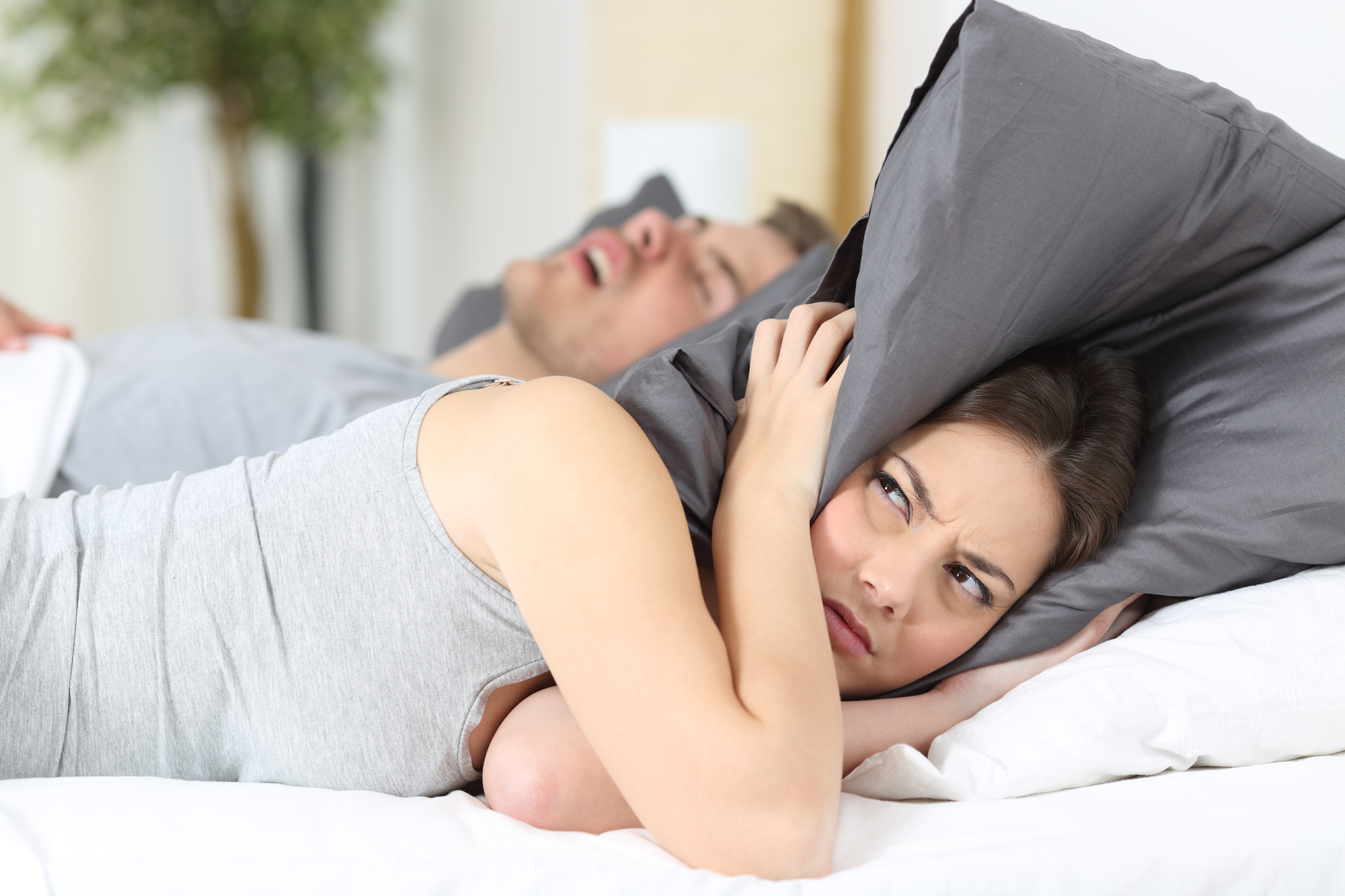Drug Screening FAQs: A Look into Methods and Timelines

Did you know 62% of employers drug test their employees? Whether it be random drug testing or pre-employment, the odds are high that if you’re entering the workforce, you’ll be subjected to one.
But what happens in a drug screening? Here, we’ll cover the four types of drug screening tests so you know what to expect.
Urine Testing
Urine tests are by far the most common type of drug test. That’s because it’s quick and convenient. During a urine test, you’ll urinate into a cup, and that cup will be sent off for testing. If it’s an instant test, it will be read immediately instead.
You’ll usually have to leave all belongings in another room while taking the test. On rare occasions, a nurse or technician will go with you into the bathroom.
If you have a drug concentration higher than the cutoff point, it counts as a positive screen. If it’s an instant test, it will turn a certain color to indicate positive or negative, not measure the actual concentration.
Usually, if the first test generates a positive result, a more complex follow-up test takes place. It’s more expensive and takes longer, but almost never gives a falsely positive result.
Urine tests usually screen for nine drugs at once. These drugs are: amphetamines, benzodiazepines, methamphetamines, marijuana, barbiturates. PCP, methadone, cocaine, and opioids.
Blood Testing
Blood testing detects the concentration of drugs or alcohol in your body. It’s invasive and takes a lot longer to get the test results. But it’s one of the most accurate tests for recent drug use.
For this test, you’ll have blood drawn by a technician from your veins, usually from the elbow or the back of your hand. Test results usually come back within 2-4 days, although it can take up to 10 for more complex testing.
Blood tests are typically used to detect alcohol presence and can do so for up to 24 hours after your last drink. They can also detect recent amphetamine, opiate, cocaine, marijuana, and methamphetamine use. It can detect THC and nicotine for up to several weeks after last taken.
Hair Follicle Tests
Hair follicle tests determine drug use over a prolonged time and are more accurate. Because hair grows so slowly, it can detect compounds for months or years. This method of detection takes much longer.
Your hair needs to be at least 1.5 inches long, although the hair doesn’t necessarily have to come from your head. Every .5 inches of hair is roughly one month of drug history.
This test can offer detailed insight into drug history, especially if the hair is longer. It can inform about drug type and frequency. Most tests need 40-50 strands of hair.
This method detects cocaine, opiates, marijuana, methamphetamine, and phencyclidine. They are detectable 4-5 days after drug ingestion and will be detectable until the hair sheds.
Saliva Tests
This noninvasive test tells how impaired you are at the moment. Either your mouth is swabbed or you will spit into a cup.
Results are quick and reliable. These tests are usually used for alcohol, marijuana, amphetamines, cocaine, and methamphetamines. This method is less popular than others because it only detects drug use within a few days.
Drug Screening Timelines
If you’ve taken drugs in the recent past, drug screenings are a scary prospect. Here, we’ll talk about how long each drug is typically detectable by these various tests. Of course, this will vary based on height, weight, body fat, exercise, and other factors, but here are some general guidelines.
- Cocaine: It stays in urine up to 21 days, depending on the amount taken. Blood tests will detect 12-48 hours. It’s detectable in sweat for weeks and in hair for years.
- Methamphetamines: It stays in urine 3-5 days, and in saliva/blood for 3 days. It is detectable in hair for up to 90 days. They’re detectable within 5-10 minutes of use.
- Amphetamines: It stays in urine up to 2 days, but with heavy use can be up to a week. It stays in blood/saliva for up to 12 hours. It is detectable in hair for up to 90 days.
- Marijuana: While marijuana only is in your system a short time, THC is stored in fat and can cause positive tests up to 4 weeks later. Usually, it’s detectable in urine for up to 5 days, in blood for 2 weeks, and hair for 90 days. However, there are some ways you might be able to get around it.
- Heroin: It stays in urine 2-7 days. Saliva tests only detect up to 5 hours later, and blood tests can detect up to 6 hours. Hair tests can detect up to 90 days.
- Benzodiazepines: Usually it’s detectable for 2-7 days, although they may not show up at all. Certain benzodiazepines like Valium will show up in urine tests for 3-6 weeks, and for a few days in your blood.
If you’re concerned about passing a drug screening, you can buy your own drug test and see your results. For example, iCup Drug Test will mail you a test cup with strips so you can test your own urine and see if you’d pass the test.
Drug Screening: Now You Know What to Expect
We hope this has answered all your drug screening questions! Concerned that you or a loved one have a drug addiction? Check out these 10 signs of drug addiction.



